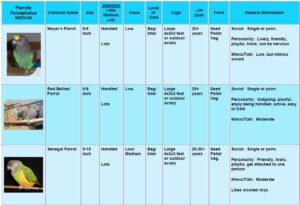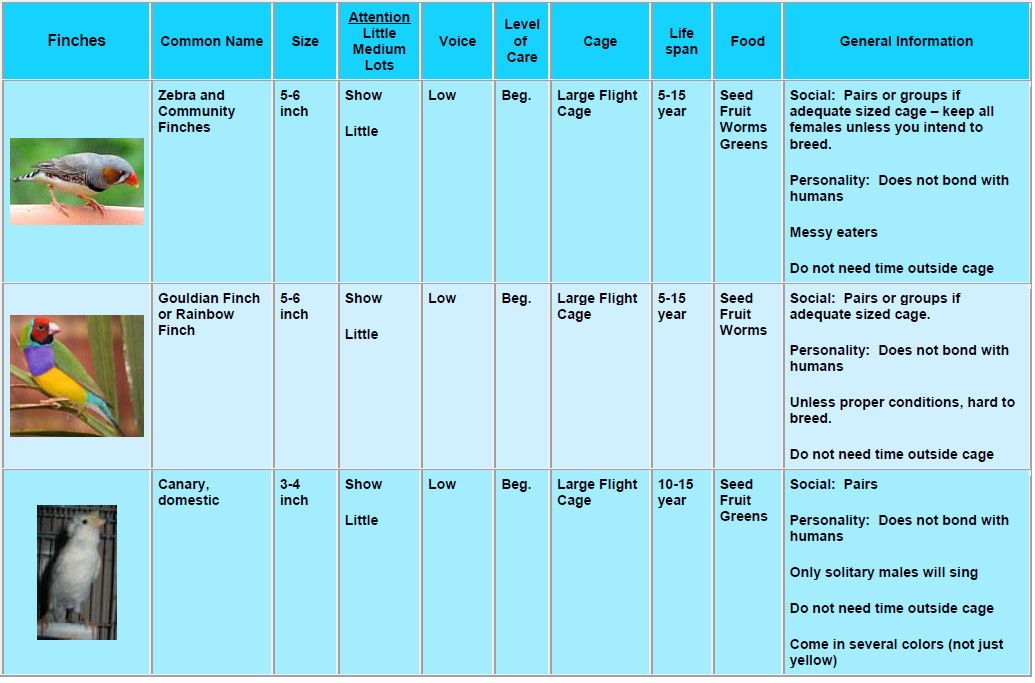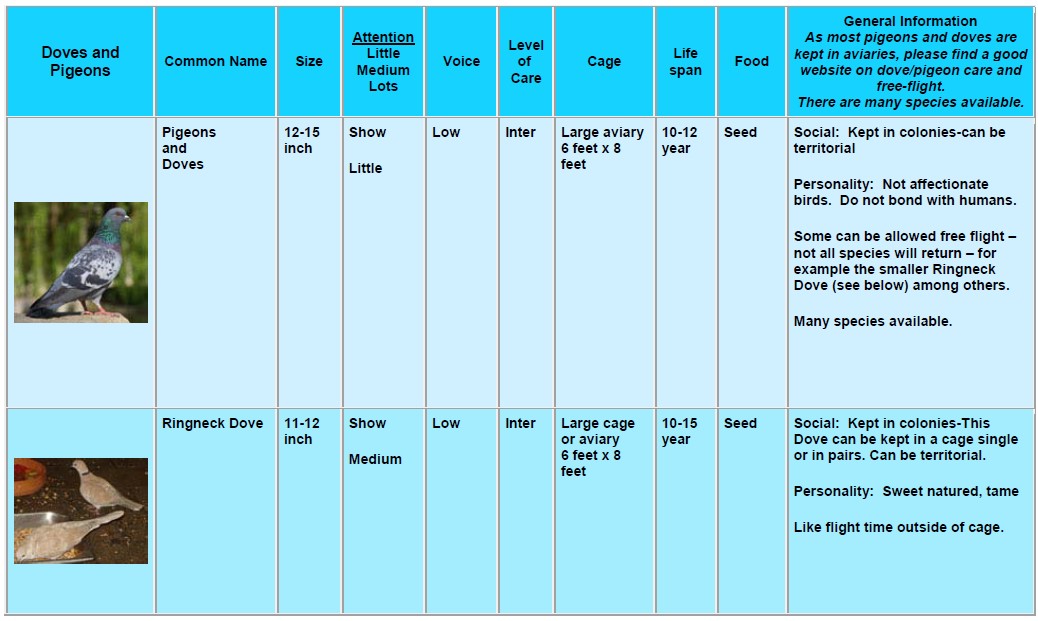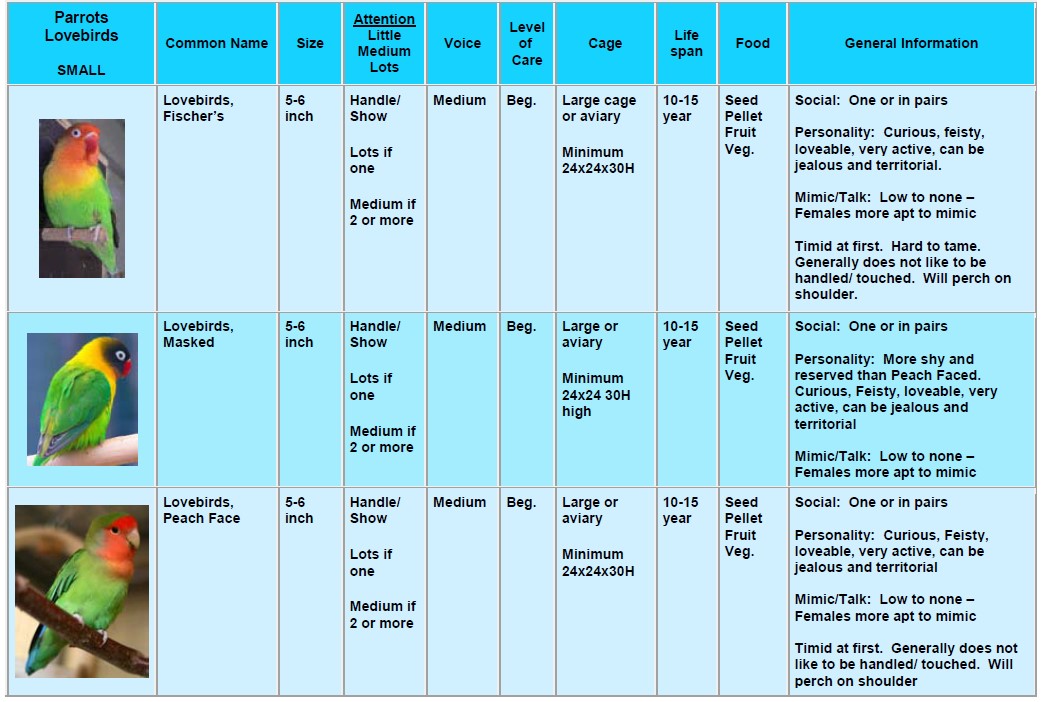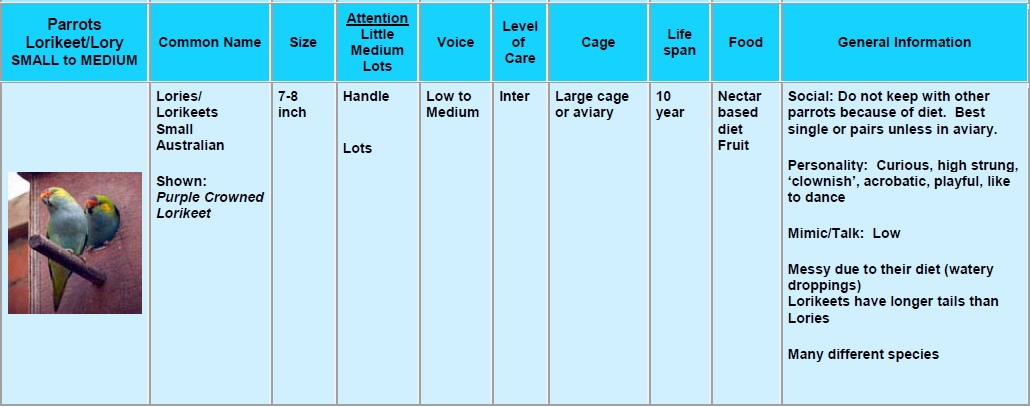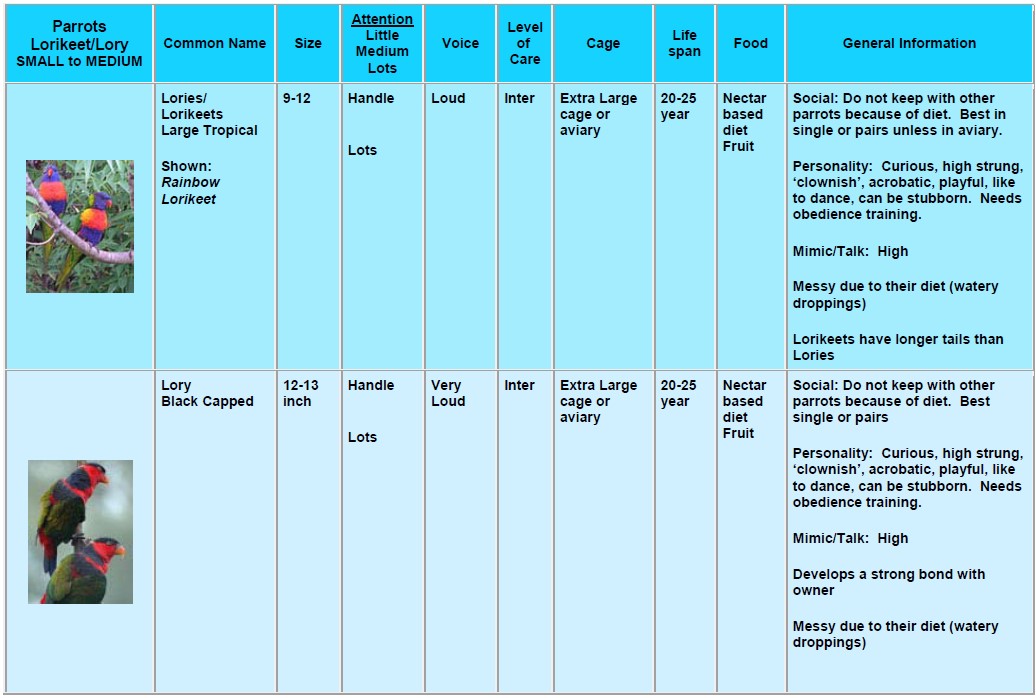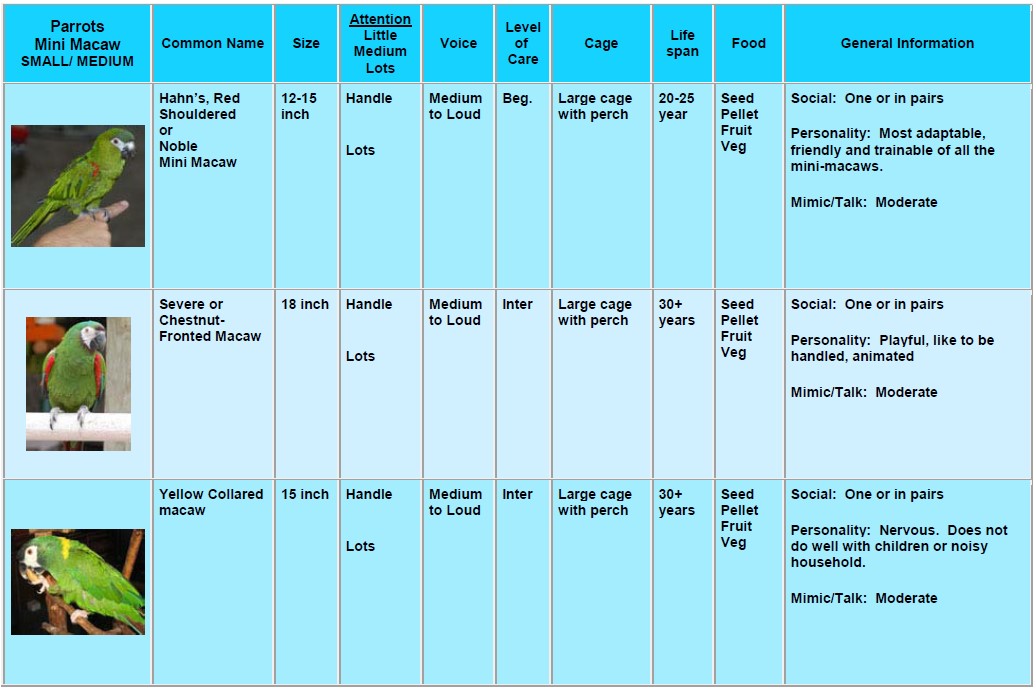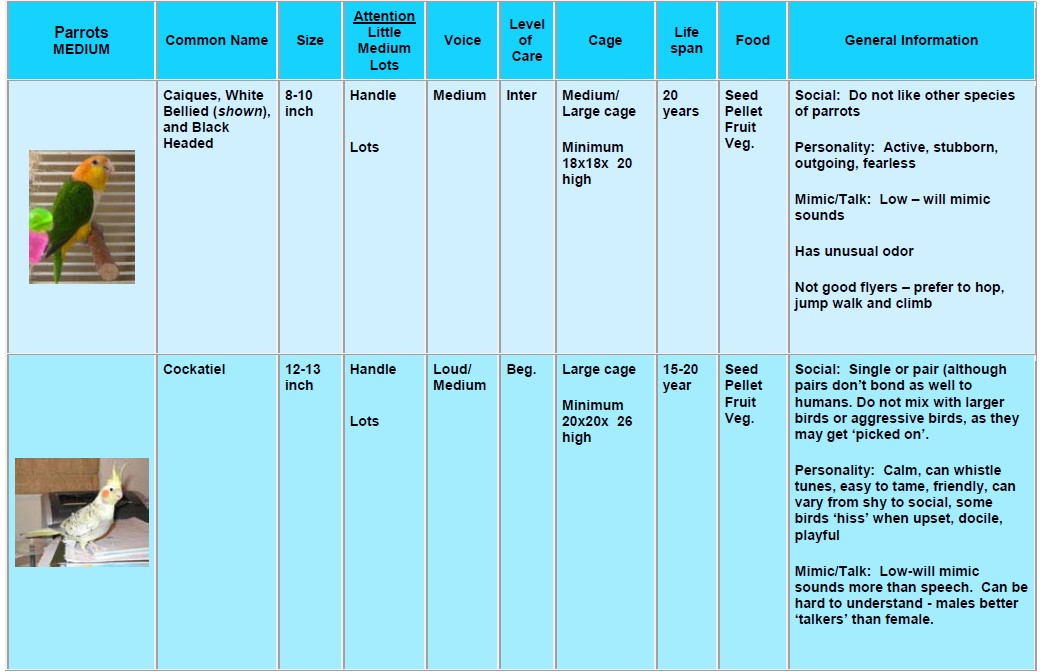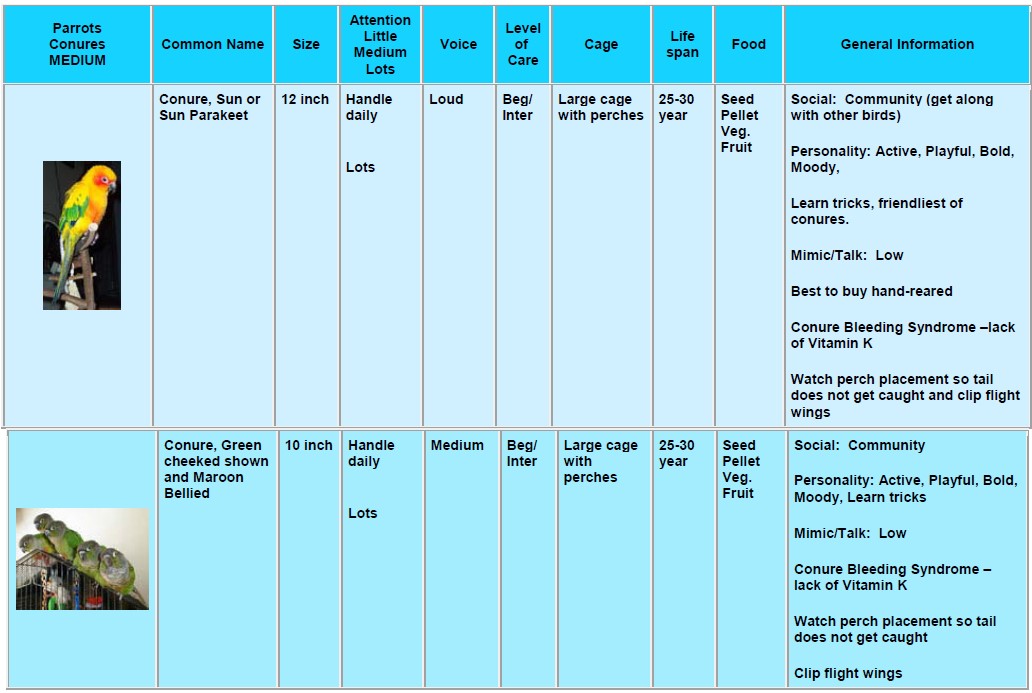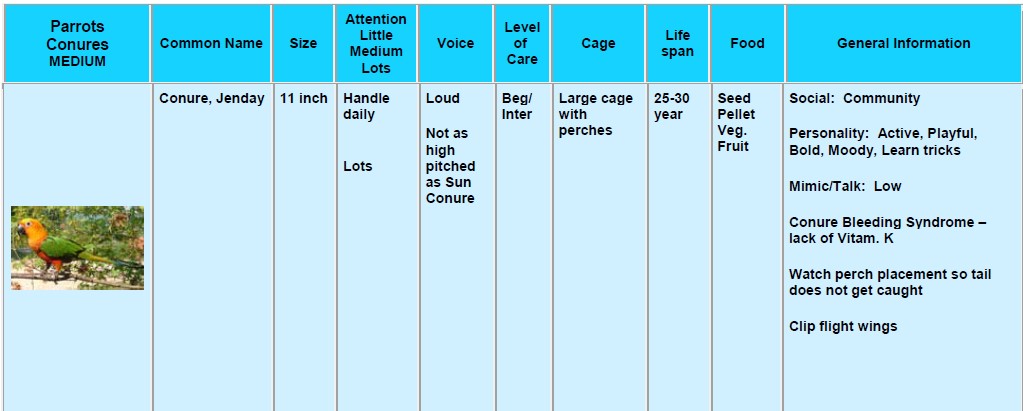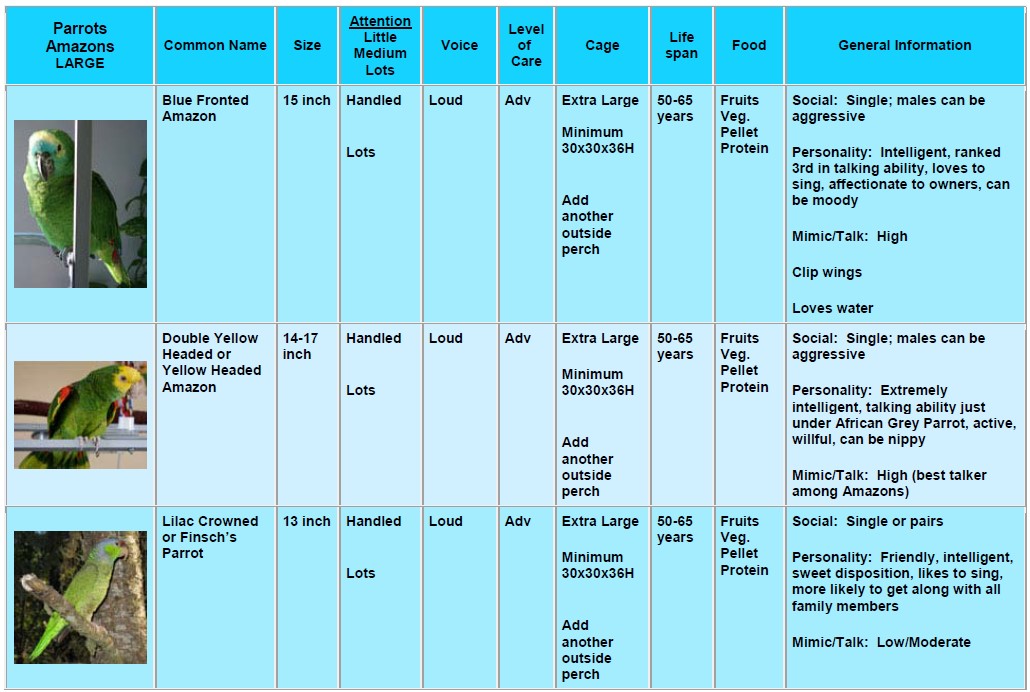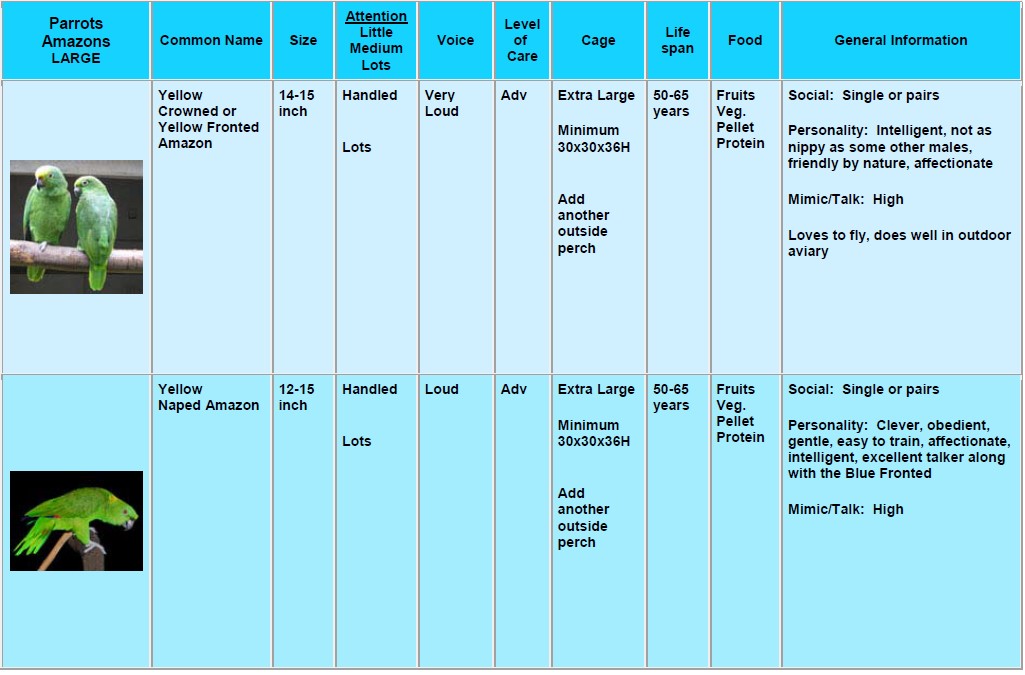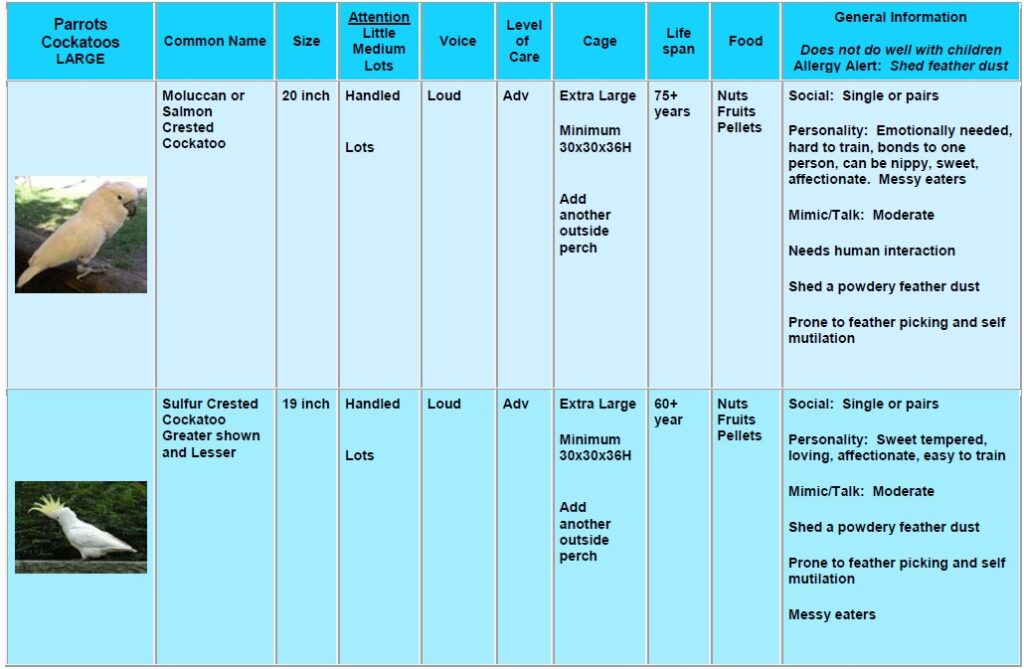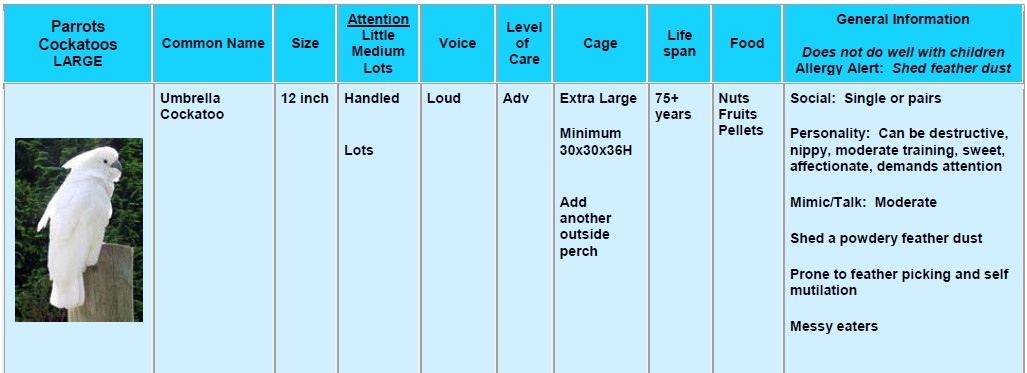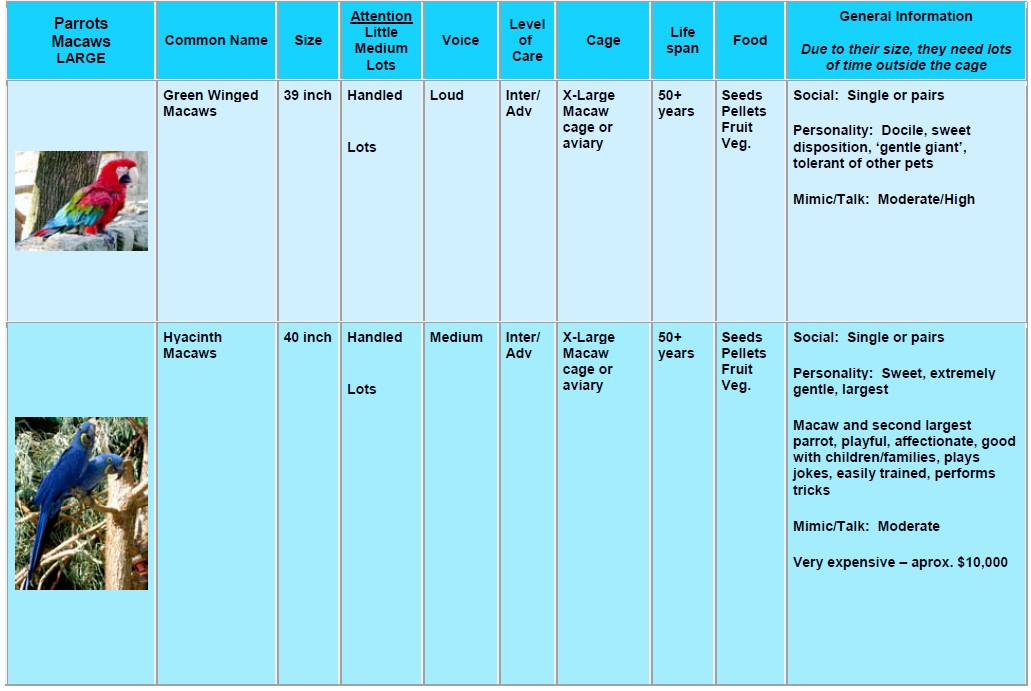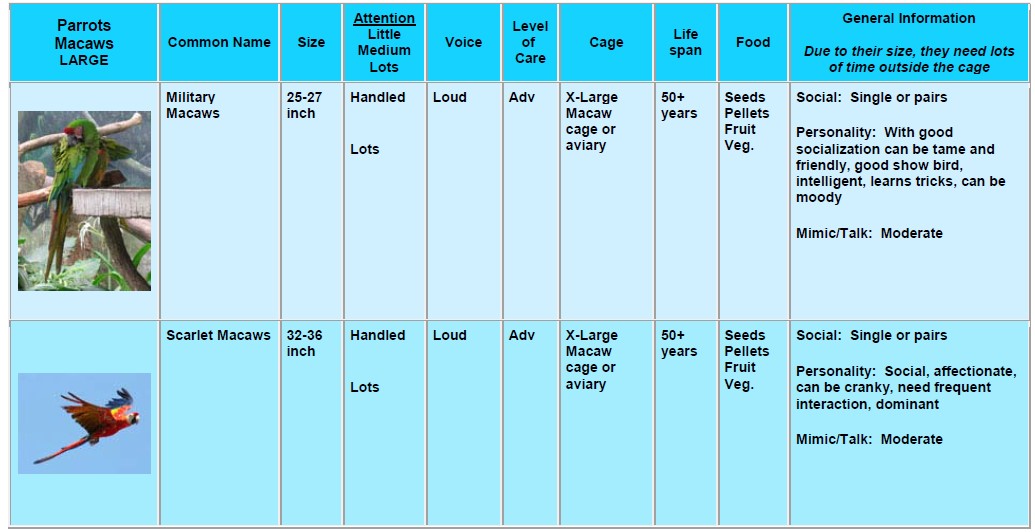Bird Pet Guides
Pick the Perfect Pet to Fit your Lifestyle!
Research, Resources & Education
Our objective is to serve as a platform for education, through extensive research and a wide range of links to resources. We strive to provide comprehensive and accurate information, and we understand that like humans, animals too are unique individuals. Therefore, it is essential to acknowledge that the information we provide is general and may not apply to every animal of a particular breed or species.
Table of Contents
Find the Perfect Bird
to Fit Your Lifestyle!
Guides to find the perfect bird including small, medium and large species. This guide includes information on common names, size, level of care (beginner, intermediate or advanced) and general lifespan.
What are the levels of care and can they be handled. How ‘noisy’ are they and can they “talk”. This also includes their personality and general information, such as should they be housed separate or in pairs.
Lastly, what size cage or housing do they need and what do they eat.
ABOUT Birds
Birds
People are attracted to birds because of their beauty, but along with this, the majority of birds require a lot of attention and special care.
- What is covered in the guide is the size, level of care, attention, lifespan and some other general information to help you make an informed decision before purchasing.
- Some birds, such as finches, are happy just being in groups with their own kind.
- Others, such as most parrots, require a lot of one-on-one human companionship.
- Without this, they can become destructive and depressed.
- If they are going to be handled, most birds do better if they are hand fed and need early socialization.
- The larger the bird, the bigger the expense and mess.
Cages
Bigger cages are always better.
- In the guide I list the minimum cage size.
- Galvanized (watch for zinc-see Toxins below) metal cages are a better choice, as wood is harder to clean.
- Most birds also tend to chew and wood may not stand up to their abuse.
- Make sure it is electroplated and not painted, as this chips when chewed on.
- Watch the dimensions.
- Birds like finches fly horizontally, while parrots also like to climb.
- The cage must also provide room for the long feathers on some birds.
- The perches must be spaced to suit the species you are housing.
- Depending on the bird’s needs the perch can be made of wood, rope, acrylic, and/or PVC.
- Also provide a mineral perch for nails and beak.
- Don’t forget the toys!!! A bored bird is a destructive bird.
- Find safe toys that are of appropriate size for your friend.
- Also, especially with most parrots, make sure you have some that are challenging.
- Rotate them often and find a variety of different types.
- Make sure the cage is located away from drafts, and for the most part in the main part of your house.
- This is needed for socialization.
- If you are going to keep a bird away from the ‘action’ for most of the day and night, stay away from most parrots.
- They need human interaction and a lot of attention.
- Try not to place the cage near the kitchen (see toxins below).
Toxins and Other Dangers
Unfortunately their are many potential hazards to birds both in and out of the cage – here are a few:
ZINC AND LEAD:
- Before purchasing your cage watch the coating and zinc levels in the metal.
- Also look for cages that do not have lead-based paint.
TOYS:
- The toys you get your bird should be appropriate for their size.
- Always check the toys to make sure they are not dismantled, as bells and lead weights in toys can be easily digested.
- Also be careful of loose strings that can be ingested.
FOOD:
- Food should clean and fresh and not be left in the cage for long periods of time.
- Fungus and molds can be toxic to birds.
- Other foods are avocados, chocolate, caffeine, celery (strings), apple seed, mushrooms, raw dried beans, onions, alcohol, and coffee.
- Also over supplementation of vitamins, including D3, calcium and Aspirin.
FUMES:
- Any fumes can be toxic.
- Here are some to consider:
- Scented candles, potpourri, Carbon monoxide, cooking gas, Teflon or PTFE coated pans (above 530 degrees), smoke from burnt foods, cigarette/cigar smoke, paint/thinner fumes, aerosol sprays, hair dye fumes, and non-stick plastic sprays.
- Basically, remove bird if you intend to use any sprays, paint, cook or smoke.
HOUSEHOLD DANGERS:
- Closed windows and mirrors:
- Birds can fly into the window.
- Ceiling fans
- Open windows
- Other Pets:
- Make sure you always supervise your bird while with other animals.
- Open water containers
- Loud noises-can be stressful to birds
- Poisonous plants
- Electrical cords – chew on cords
- Gun powder
- Cleaning agents
Behavior
VOCAL:
- Whistling, Singing, Talking:
- Happy bird!
- Chattering: Soft or Loud.
- Can mean bird is learning to talk, contentment or trying to get your attention.
- Purring: Growl type noise.
- Sign of contentment or annoyance.
- Check the body language that goes with it.
- Tongue clicking:
- May be asking to get picked up or petted.
- It also may be a sign of self entertainment, especially if they are alone.
- Growling:
- Only heard in some birds, but is an aggressive vocalization.
- Either something is annoying them or they do not want to be touched/held.
EYES:
- A bird is capable of controlling their irises by enlarging or or shrinking their pupils, which is a display called flashing or pinning.
- They may do this when they are interested in something; happy, frightened or aggressive.
- Look at the body language that goes along with this.
WINGS:
- Wing Flapping:
- Exercise, attention getter, happiness, cooling off, or stretching.
- Wing Flipping:
- Aligning their wings, pain or angry.
- With hunching and head bobbing this is an attention getter (usually wants food).
- Wing Drooping:
- May be a sign of illness in older birds.
- Can also be letting them rest after bathing or physical activity.
- In young birds this may be before they learn to fold and tuck wings.
FEATHERS:
- Ruffled Feathers:
- Done during preening to remove dirt or feather dust.
- The bird may also be cold or to relieve tension.
- If they remain fluffed this could be a sign of illness.
- Crest Position:
- Obviously only in birds, like cockatoos, that have crests.
- Crest held back- relaxed.
- Lifting the crest-excitement.
- Crest very high: Excitement or aggression.
- Flat with crouching and hissing: Aggression or alarm.
- Quivering: Frightened, overly excited or breeding behavior.
TAIL:
- Tail wagging:
- Happy to see you (like dog tail wagging) or prior to defecating.
- Tail bobbing:
- After exercise – catching their breath.
- Bobbing and breathing hard for no reason – respiratory distress or infection.
- Tail fanning:
- Show of birds strength seen with other behaviors.
- A sign of aggression or anger.
FEET AND LEGS:
- Feet tapping:
- Sign of dominance in some birds when they feel their territory is threatened.
- Weak legs:
- A resistive behavior when they do not want to go back into their cage and want to be held longer.
- They ‘suddenly’ can’t stand.
- Hanging upside down:
- Normal happy behavior.
- Scratching on the cage bottom:
- May be done in species that usually forage (like chickens).
HEAD AND BEAK:
- Beak Grinding:
- Contentment, usually prior to falling asleep or after eating.
- Clicking:
- Click once with eye pinning- if unthreatened they are greeting you or acknowledging something.
- Clicking several times is a warning (do not handle).
- Wiping:
- After eating to keep the beak clean or marking territory.
- Biting:
- Observe other behaviors for the reason.
- Can be anger, fearful or territorial.
- A bird is prepared to bite if it has their beak open, crouched and hissing.
- Chewing:
- Conditioning beaks and entertainment.
- Regurgitating:
- If the bird pins their eyes, stretches out their neck, bobs their head and regurgitates, it is actually a sign of affection.
- Mouthing or jousting:
- Birds will grab either others beaks and wrestle.
- Playful behavior.
- Head Shaking:
- In African Grey’s – reason not known.
- Head Bobbing:
- They want attention.
POSTURES:
- Relaxed:
- The bird is happy if they have a relaxed both with head and body at attention.
- Territorial:
- The bird is letting you know this is their territory if their head and body are at attention, body rigid and feathers flared.
- Bowing:
- Wants to be petted or scratched if the crouching with head tipped down towards you (possibly with head bobbing)
- Wants Attention:
- Trying to get your attention (or potential mate) if the head is down, relaxed body and wings raised.
- Aggression:
- Giving warning if crouching, head down, eyes pinned, flared tail feathers, ruffled feathers, ridgid body weaving from side to side.
- If accompanied by walking towards you, get out of the way!!
- May also be with hissing and raised crest.
- Lying on back or Belly up:
- May feel their life is at risk when accompanied by flashing, open beak and rigidity.
- Some birds just lye on their back for no reason and some sleep that way.
- Elimination:
- Prior to defecating-a few steps back, crouch and lift tail.
Food
- Most birds survive on a diet of commercial pellets, seeds, nuts, fruits and vegetables.
- Each species may vary in needs, so I will not get into this too much.
- Check with the breeder regarding the best diet for your bird.
- You also may want to check with a vet that specializes in birds regarding the need for vitamin and mineral supplements.
- Also think twice about supplying grit to your bird.
- It has been found that most birds do not need it, and the ones that do, need a small quantity, such as finches.
- A variety of bugs can also be added to your bird’s diet.
- Keep in mind that Lories and Lorikeets require a nectar diet that has to be changed several times a day.
- Their diet also makes for a messier cage (what goes in, must come out-and in liquid form)
General Health
Birds are good at masking illnesses and injuries. Things to look for in a sick bird are:
- Runny discolored stools
- Feather plucking
- Swollen beak
- Red or swollen eyes
- Favoring a foot
- Loss of Appetite
- Wheezing or coughing
- Eye or nasal discharge
Some bird diseases can make you sick, especially in the elderly or people with low immune systems-these include:
- Chlamydiosis or Psittacosis – causes flu like symptoms, and if left untreated can cause kidney and liver damage or meningitis.
- Some birds are just carriers.
- In others Psittacosis causes loss of appetite, diarrhea, depression and difficulty breathing.
- Chlamydiosis is transmitted through feces
- Avian Tuberculosis – Can be transmitted to humans through feces of infected birds.
- In humans the symptoms are swollen lymph nodes and respiratory infection.
- Birds have mild symptoms of weight loss with good appetite, dull feather coloring, anemia, increased urination, and diarrhea.
- Histoplasmosis – Can be transmitted by inhaling fungal spores that grows on bird feces causing respiratory infections in humans.
- Cryptococcus – Transmitted by inhaling dust from dried droppings causing infections that can lead to meningitis, encephalitis and respiratory problems.
Some illness in birds:
- Psittacine Beak and Feather Disease (PBFD) – viral that includes abnormalities of beak and feathers.
- Pacheco’s parrot disease – herpes virus – unfortunately the first symptom is usually death – there is a vaccine available.
- Avian polyomavirus – viral infection includes depression, bleeding, weight loss, difficulty breathing
- Proventricular dilation disease – viral infection that causes ‘wasting away’.
- Psittocosis – Bacterial – see above
- Aspergillosis and Candidiasis – fungal and mold caused by poor hygiene – keeping a clean cage will prevent these disorders.
FINCH, CANARY, DOVE, PIGEON

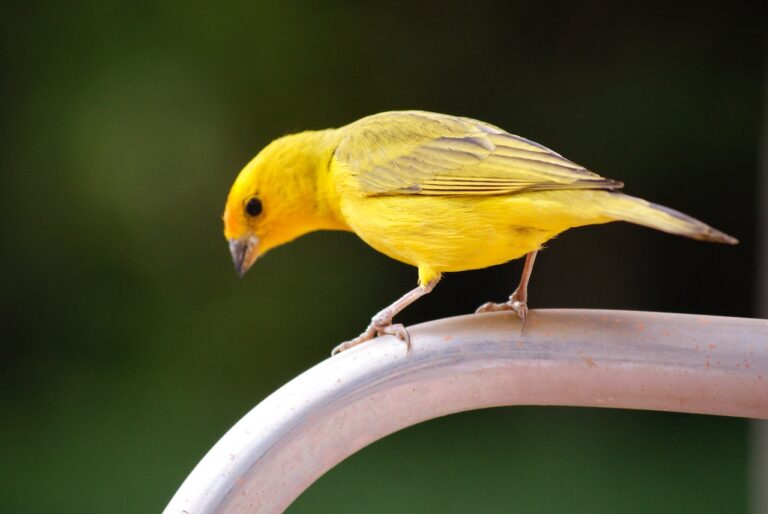
SMALL > MEDIUM
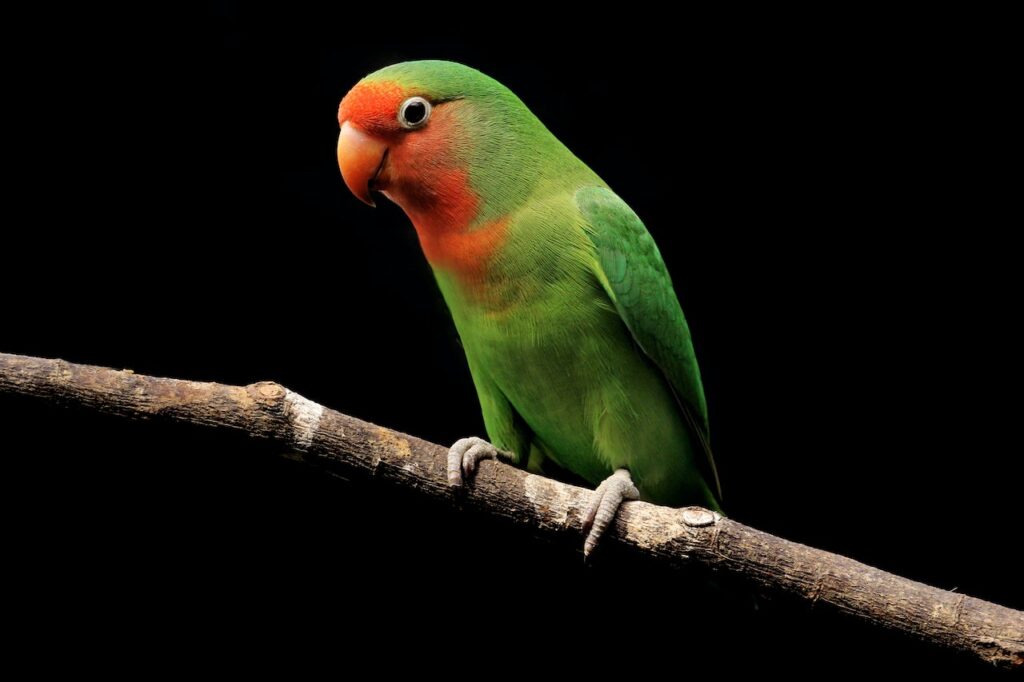
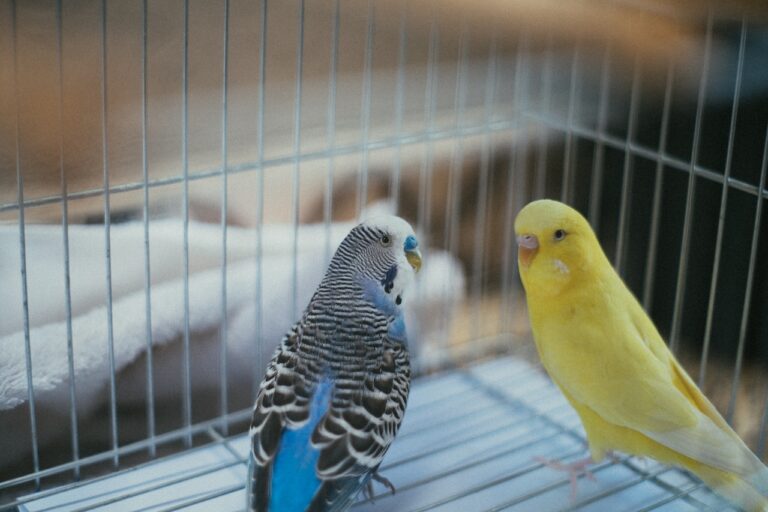
MEDIUM
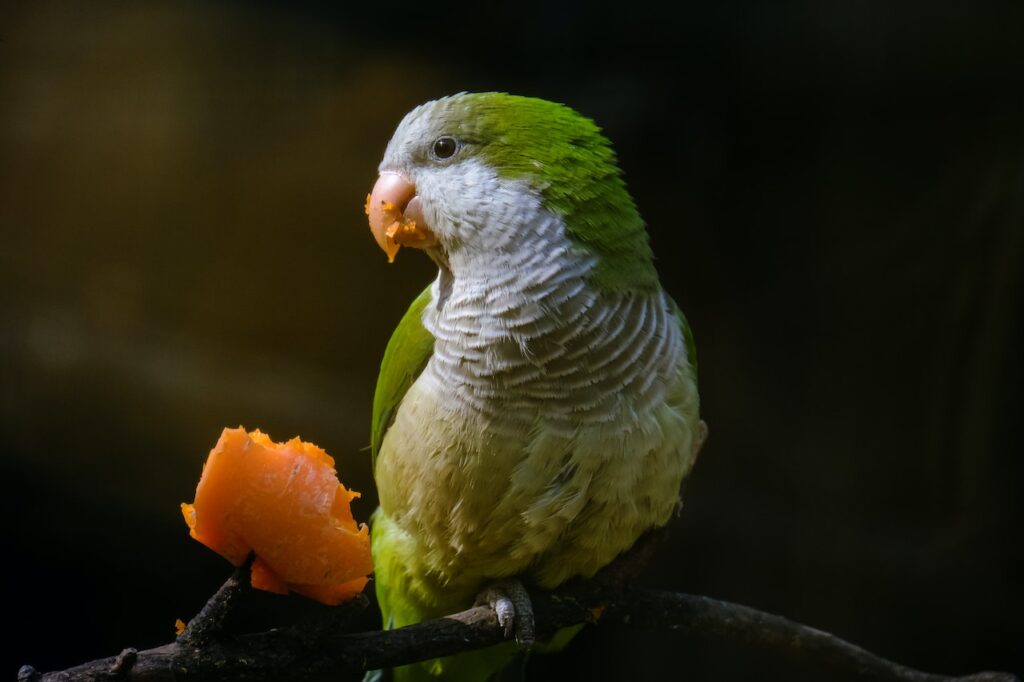

LARGE
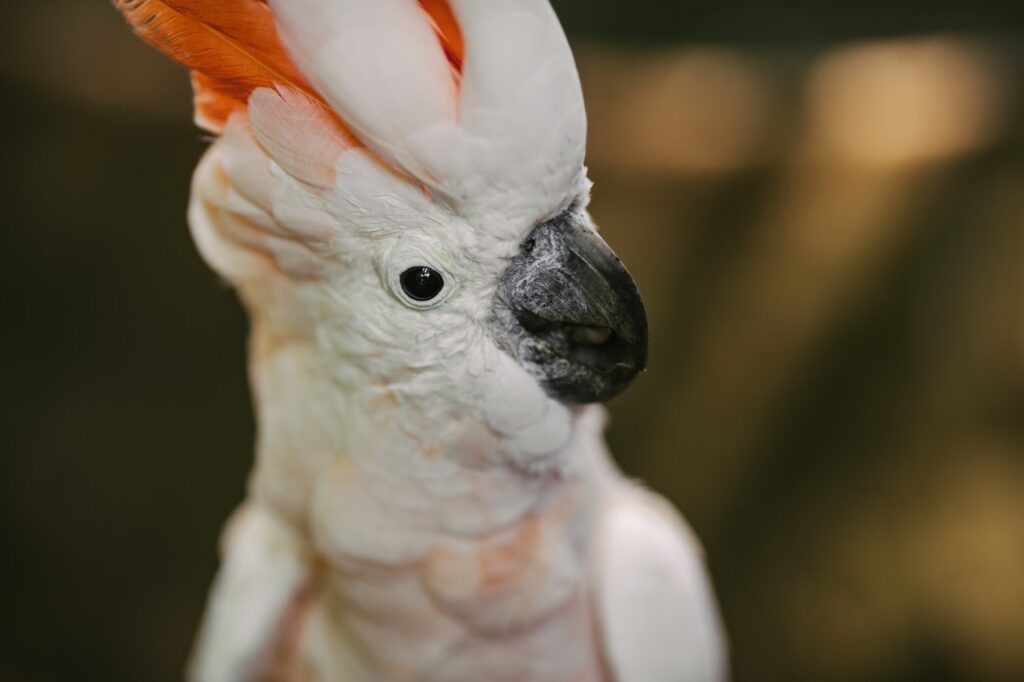
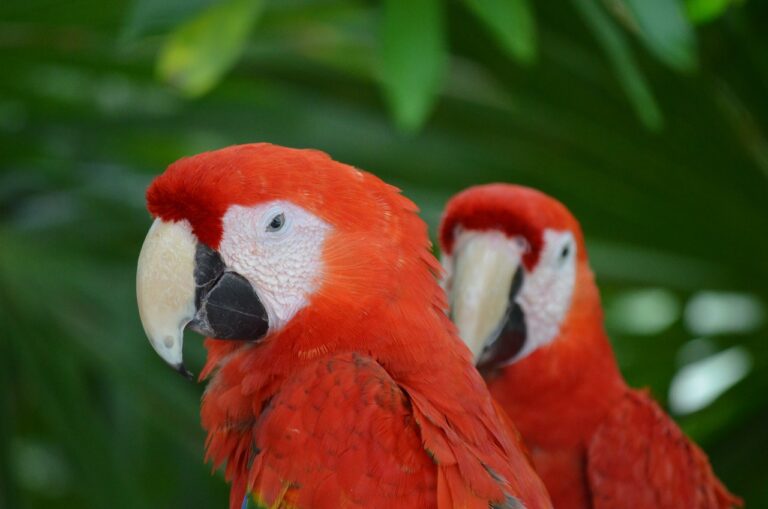
References
| Subject | Company / Link |
|---|---|
| General Information | Birds N Ways |
| Care Sheets | PETCO |
